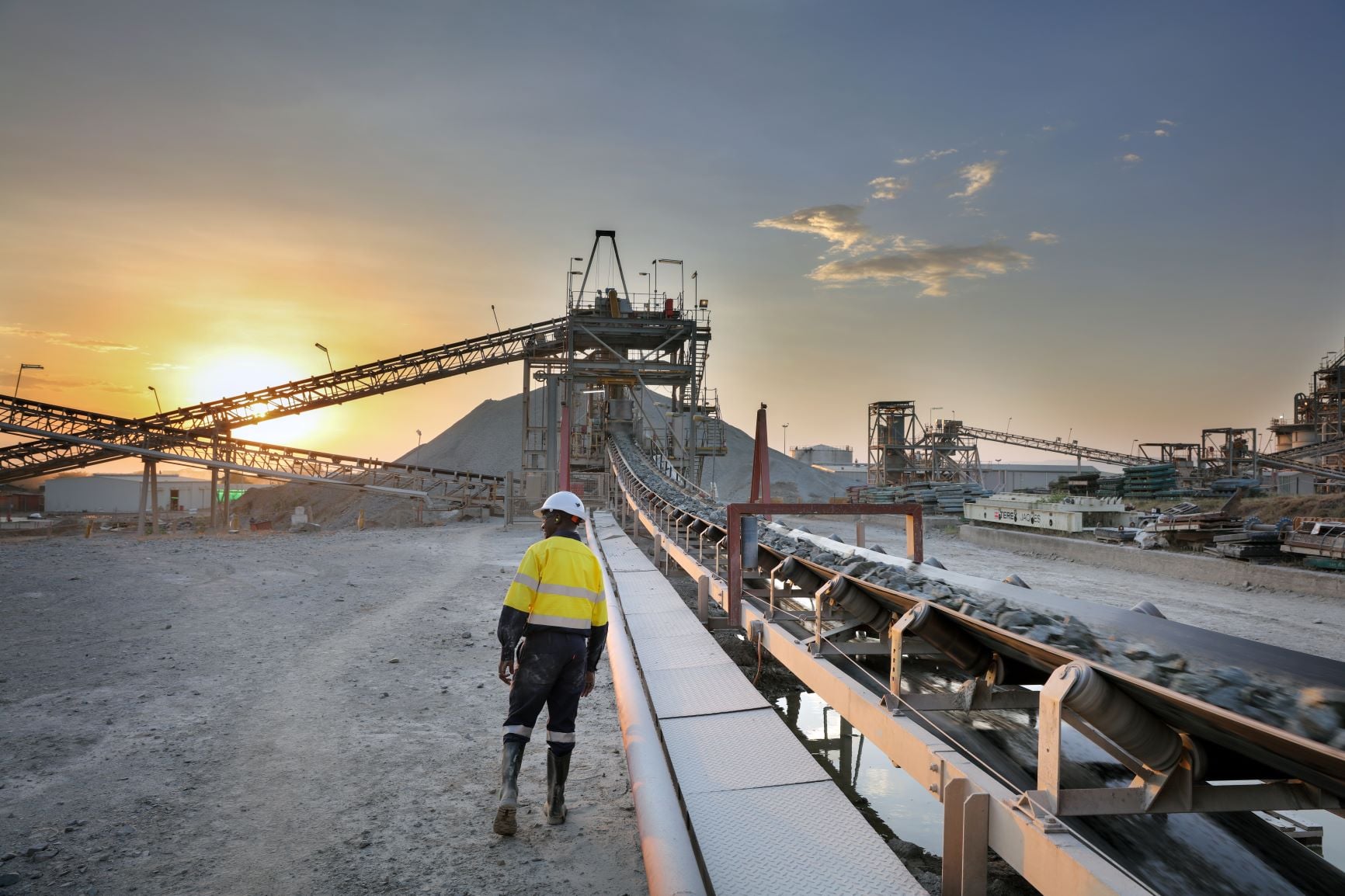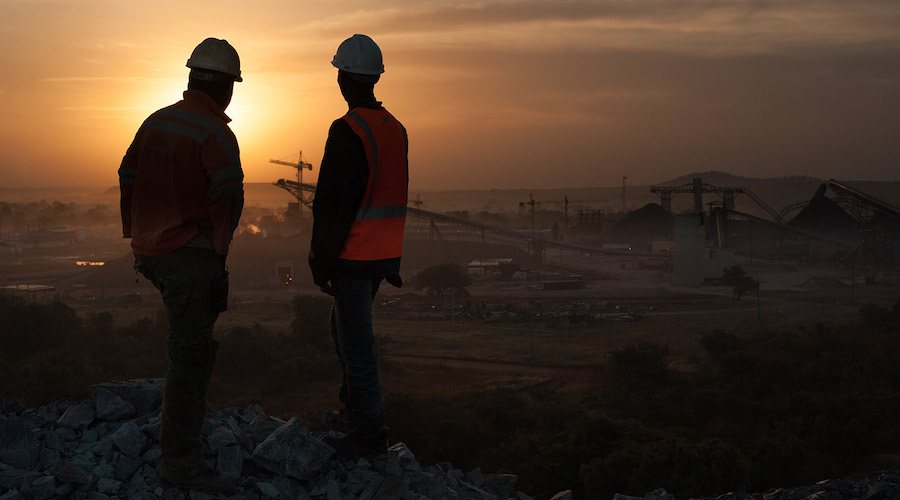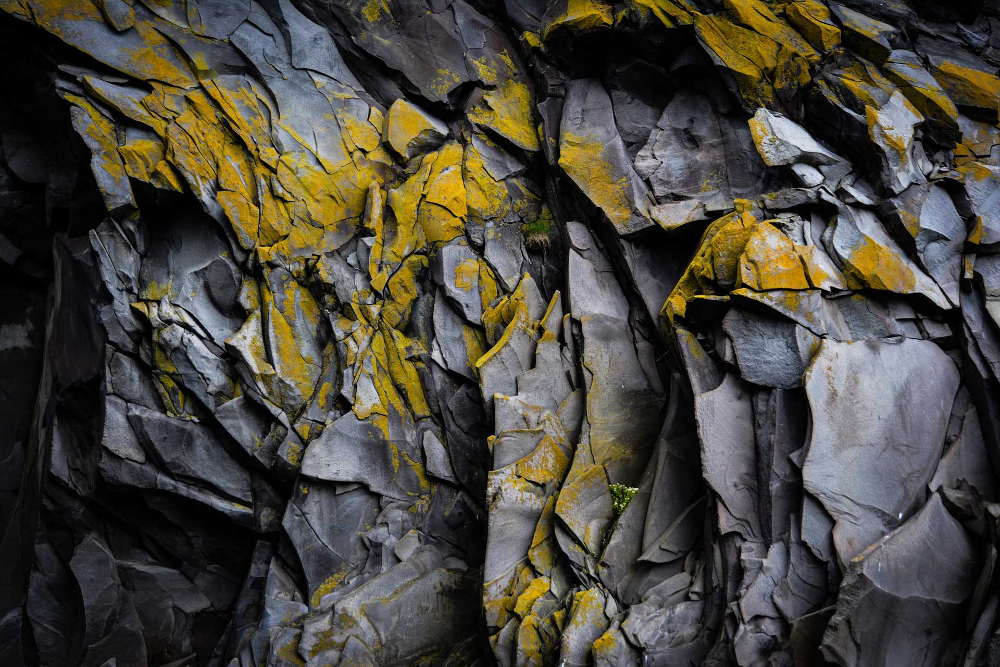Anyone needing a reminder of the tenuousness of the global cobalt market – which plays a major role in underpinning the global boom in electric vehicles (EVs) – need only look at the stark news on Nov. 6 that
Glencore’s 75%-owned subsidiary
Katanga Mining has suspended sales from its large Kamoto cobalt-copper mining complex in the Democratic Republic of the Congo (DRC), owing to uranium contamination of cobalt concentrates destined for export.
At press time on the day of the news, Katanga Mining shares closed down 23% to 49¢, compared to a multi-year peak of $2.67 on Jan. 3, 2018. Likewise, Glencore shares dropped 2.9% on the news in London trading.
Located in the DRC’s Kolwezi district, Kamoto had been slated to become the world’s largest cobalt mine during 2019 – cementing Glencore’s position as the world’s largest cobalt producer.
The wider Kamoto joint venture project includes exploration and mining properties, the Kamoto concentrator, the Luilu metallurgical plant, the Kamoto underground mine and two oxide open pit resources. While historic underground production at Kamoto dates back to 1969, modern-day commercial production restarted in June 2008, after the DRC Civil War.
Katanga says the total cobalt production impacted by the sale suspension amounts to 1,472 tonnes of finished cobalt, and the “low levels of radioactivity detected in the uranium to date do not present a health and safety risk.”
Continue reading at The Northern Miner.





Comments